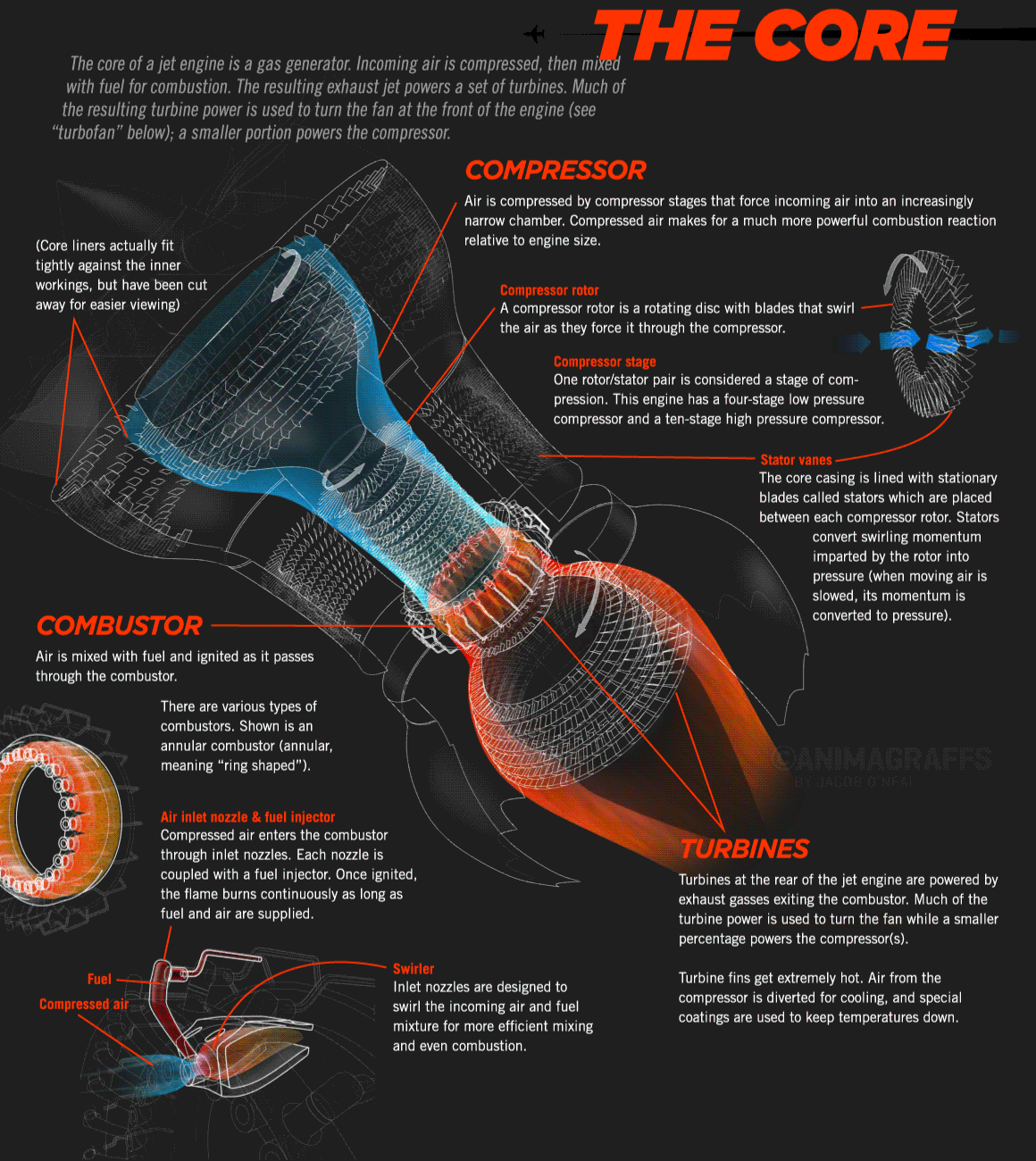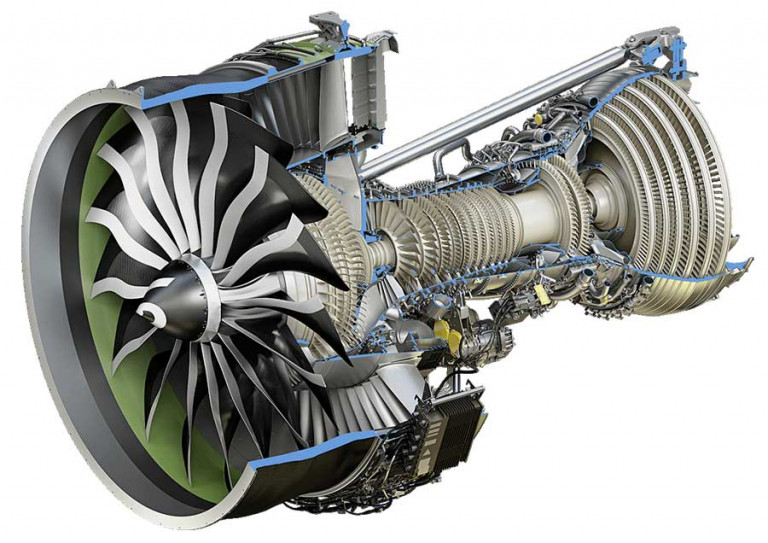Detail about Aircraft Engine
Aircraft engine and airframe technologies have undergone dramatic improvements over the last 30 years. One result of these improvements has been a 70% reduction in fuel burned per passenger seat from early to current jets. Gains in fuel efficiency are of benefit both economically and in environmental terms by reducing fuel costs and uniformly lowering CO2, H2O, and SOx emissions. These gains have derived primarily from increasing gas temperatures and pressures inside the engines. Without concomitant changes in engine design, increasing engine temperature leads to increasing NOx emissions. Concern over urban pollution has led to increasingly stringent standards being adopted by the International Civil Aviation Organization (ICAO) regarding emissions of smoke, CO, HC, and NOx. Aircraft smoke refers to visible particulates in the aircraft plume and presumably includes the large diameter (>1 μm) part of the soot population. The ICAO standards have both reflected and motivated improvements in engine design and manufacture. However, because the service lifetime of an individual aircraft is between 25 and 40 years, the current fleet consists of a combination of older and newer technologies. Measurement of aircraft cruise emissions is an important facet of assessing impacts and documenting technological advances. These difficult measurements are made either in altitude simulation test cells or by in-flight measurements utilizing target and chase aircraft


